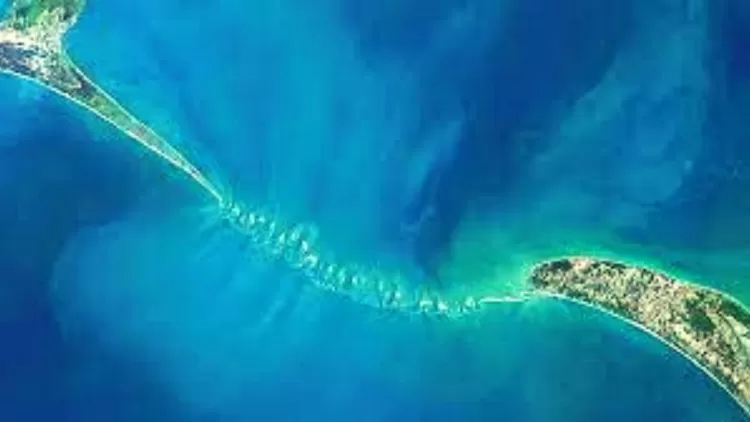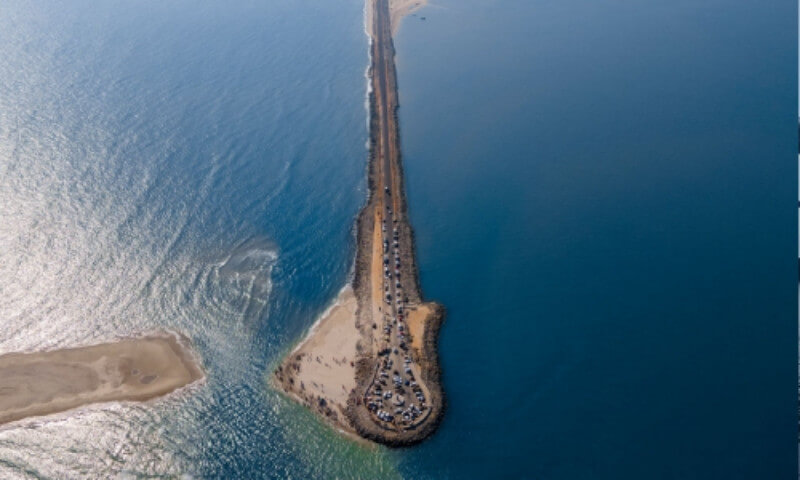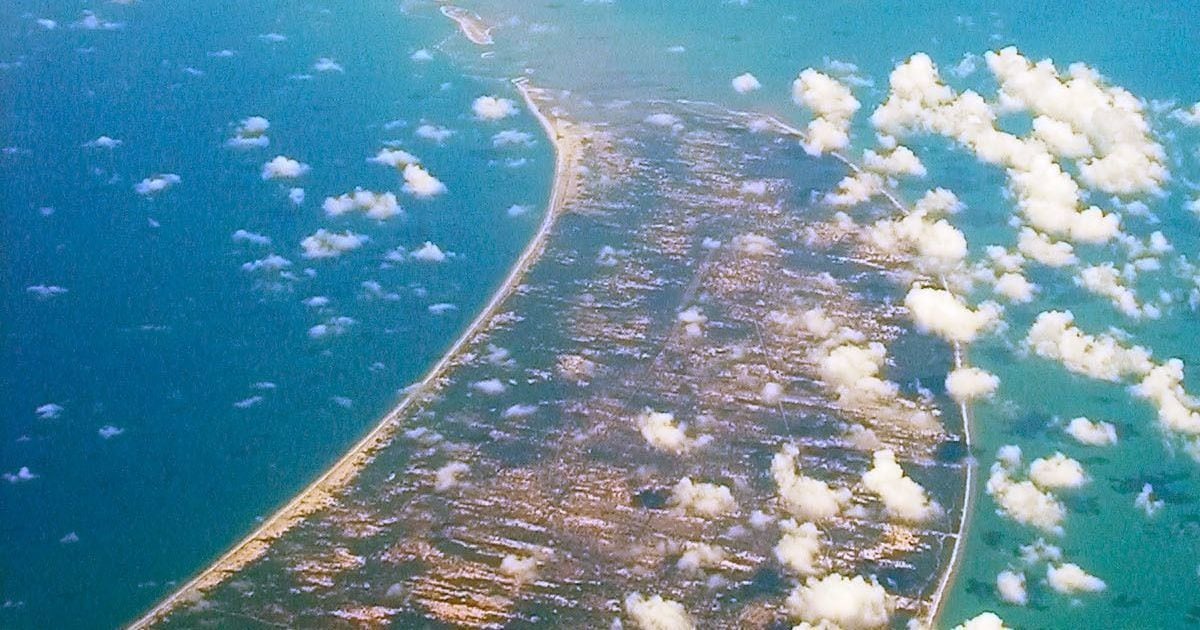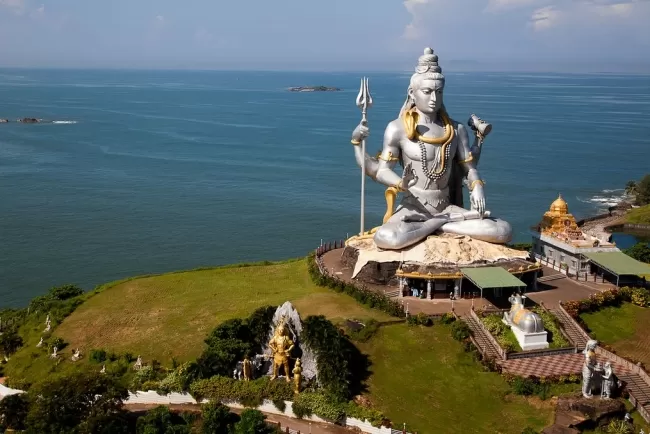Rama Setu: A Legendary Bridge Connecting India and Sri Lanka...!!!
Rama Setu, also known as Adam's Bridge, is a chain of natural limestone shoals connecting Pamban Island (Rameswaram Island) off the southeastern coast of Tamil Nadu, India, to Mannar Island off the northwestern coast of Sri Lanka. This geographic marvel is rich in mythological, historical, and geological significance.

Mythological Significance
Rama Setu is most renowned for its association with the epic Ramayana, one of the great epics of ancient Indian literature. According to the Ramayana, Lord Rama's army of Vanaras (monkey soldiers) constructed this bridge to rescue his wife, Sita, from the demon king Ravana in Lanka (present-day Sri Lanka). The bridge was said to be built using floating stones that bore the name of Lord Rama, which prevented them from sinking.
Historical and Geographical Context
Historically, Rama Setu has been referenced in various ancient texts and records. Early explorers and traders' maps and travelogues also indicate a land connection between India and Sri Lanka, aligning with the location of Rama Setu.
Geographically, the bridge is a natural formation primarily composed of sand, silt, and small pebbles. It spans approximately 50 kilometers (30 miles) from the coast of India to Sri Lanka. The shallow waters around Rama Setu, ranging from about 1 to 10 meters deep, make navigation challenging for larger vessels, adding to the bridge's mystique and charm.

Geological Significance
Geological studies indicate that Rama Setu is a natural formation dating back several thousand years. Some researchers hypothesize that it might have been a former land connection between India and Sri Lanka, potentially facilitating migration and cultural exchange between the two regions. The bridge's formation is believed to have been influenced by changing sea levels, coastal erosion, and sediment deposition over time.
Controversies and Conservation
Rama Setu has been the subject of various controversies and debates. A significant debate revolves around the proposed Sethusamudram Shipping Canal Project, which aims to create a shipping channel through the Palk Strait to reduce maritime trade travel time. Proponents of the project argue it would boost trade and economic development. In contrast, opponents, including environmentalists and religious groups, raise concerns about the potential environmental impact and the destruction of a culturally and historically significant site.
Cultural and Religious Importance
For many Hindus, Rama Setu is a sacred site, symbolizing the triumph of good over evil and Lord Rama's devotion to his followers. Pilgrims visit the nearby town of Rameswaram, a major pilgrimage site, to pay homage to Lord Rama and the bridge. The town is also home to the Ramanathaswamy Temple, one of the twelve Jyotirlinga temples dedicated to Lord Shiva, further enhancing the area's religious significance.

Modern-Day Relevance
In recent years, Rama Setu has garnered attention from historians, archaeologists, and tourists. The site continues to be a focus of research as scholars work to uncover its origins and significance. Efforts to preserve and protect Rama Setu are ongoing, with various stakeholders advocating for its recognition as a heritage site.
Rama Setu, or Adam's Bridge, is a fascinating and enigmatic formation that intertwines mythology, history, and geology. Its significance in the epic Ramayana, along with its historical and geological importance, makes it a site of immense cultural and spiritual value. As debates and research continue, Rama Setu remains a symbol of India's rich heritage and the enduring allure of its ancient legends
What's Your Reaction?

















